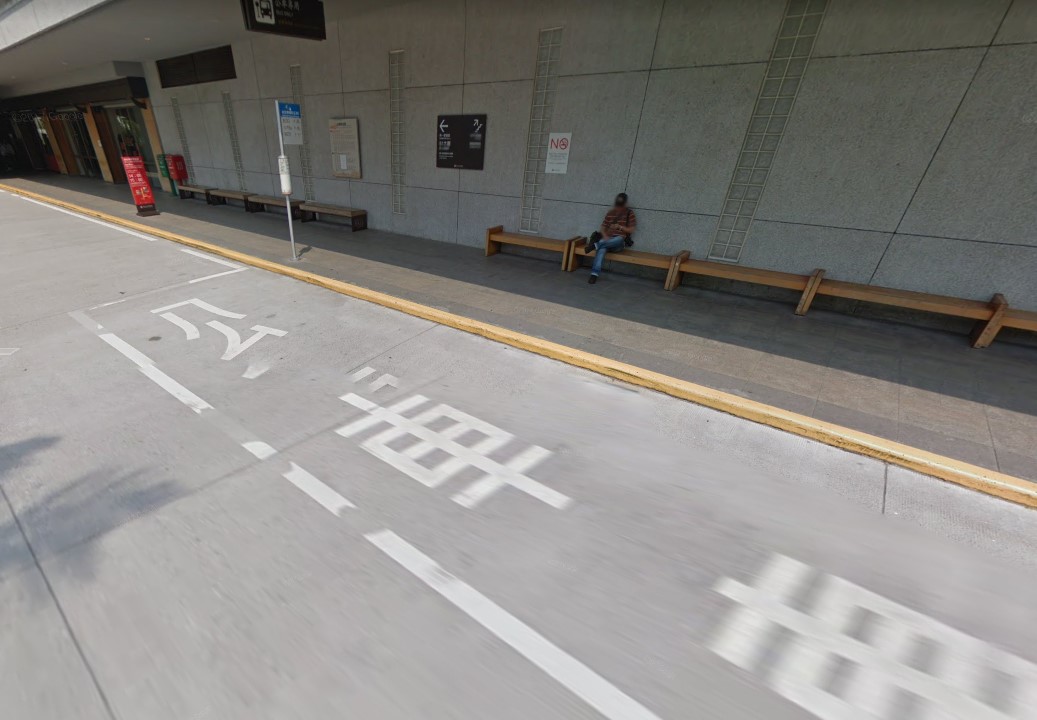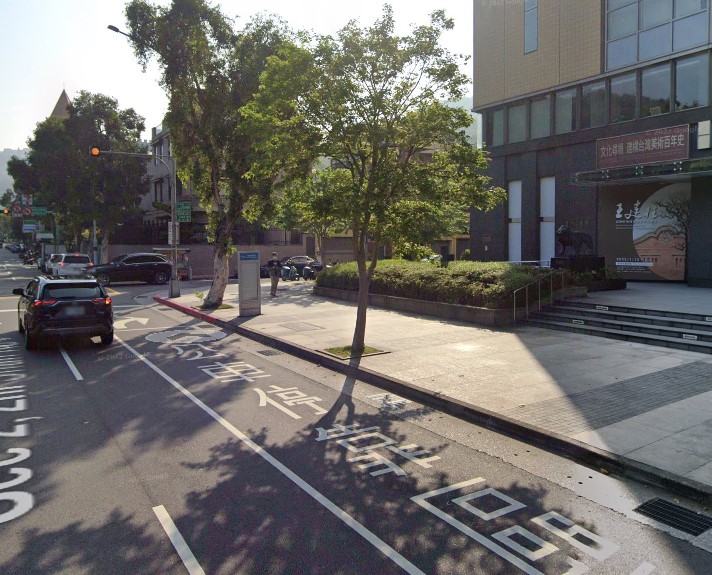最後更新日期:2022年08月23日
The cultural relics in the National Palace Museum have important historical value. For Taiwan, it is a very important cultural and historical place.
About National Palace Museum


The National Palace Museum was completed in Waishuangxi in 1965. It is a Chinese palace-style building. The first to third floors are exhibition spaces, and the fourth floor is the resting cafe “Sanxi Hall”. It has the largest collection of Chinese art treasures in the world. The collections are mainly inherited from the Song, Yuan, Ming and Qing dynasties, covering almost the entire five thousand years of Chinese history, with nearly 700,000 pieces. Cultural Treasure”.
History of National Palace Museum
On November 12, 1965, when the current site in Waishuangxi, Shilin District, Taipei City, was completed, it was the centenary of the birth of Sun Yat-sen, the founding father of the Republic of China, so the new building was named Sun Yat-sen Museum. And set up a bronze statue of the father of the country in the hall on the second floor of the main building to commemorate. The Executive Yuan passed the “Temporary Organizational Regulations for the Management Committee of the National Palace Museum” and established the “National Palace Museum”, which is now directly under the Executive Yuan. Among them, 2,972 boxes were later shipped to Taiwan, accounting for 22% of the original number of boxes of cultural relics relocated to the south. In 1969, the “Measures for Collection of Collections of the National Palace Museum” was formulated, and actions to increase the collections were launched in Taiwan.
Navigation map
Basically all the cultural relics are in the main hall, and the main hall is divided into five floors, from B1 to 4F, and the exhibition area is distributed about 1F to 4F.
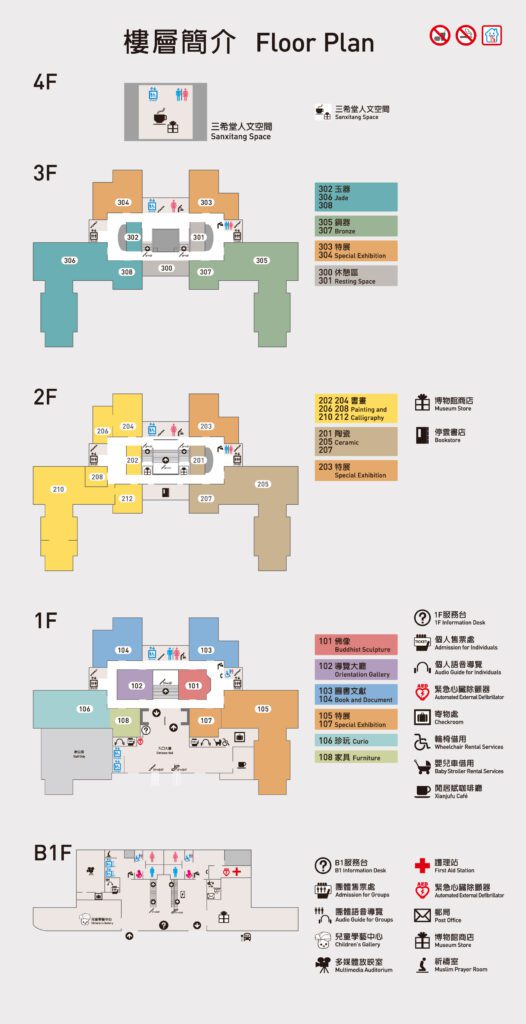

Introduction of cultural relics(classic)


This work, which is almost 100% similar to the real cabbage, is made of jade. The friendly theme, the white body and the green leaves make people feel very familiar and close. Don’t forget to take a look The two insects resting on the vegetable leaves, they are Katydids and Locusts, which symbolize many children and grandchildren. This work was originally placed in the Yonghe Palace in the Forbidden City. Yonghe Palace was the residence of Concubine Jin, the concubine of Emperor Guangxu. Therefore, some people speculated that this vessel was Concubine Jin’s dowry, symbolizing her innocence, and wishing for more children and more grandchildren. Although the material of jade and the shape of cabbage became popular in the middle and late Qing Dynasty, the theme of cabbage and grass and insects was not uncommon in professional grass and insect paintings from the Yuan to the early Ming Dynasty, and it has always been a popular auspicious theme among the people. In addition, vegetables containing heart leaves were also used by the Tang Dynasty poet Du Fu as a metaphor for the harsh political environment and underappreciated talent. In the tradition of literati painting, it was also cited as the theme of painting to express similar Mood, secretly admonishing the stupidity of the politicians.
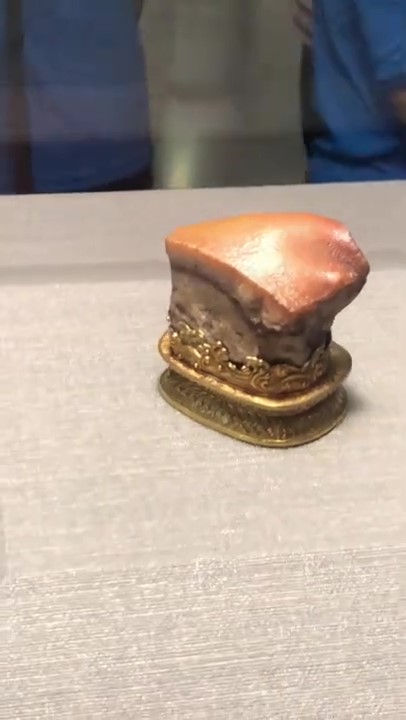

Among the jade-like stones, quartz-like agates and jadeites are often carved with skill because of their special and diverse textures and colors. “Flesh-shaped stone” is a sapphire-like mineral whose textures are stacked on top of each other, and artisans process them according to their natural characteristics. First of all, finely drill points on the surface, in addition to the effect of creating pores, it also makes the texture more crisp and easy to dye. The second is to dye the top layer maroon, like the skin of the meat is soaked in soy sauce.
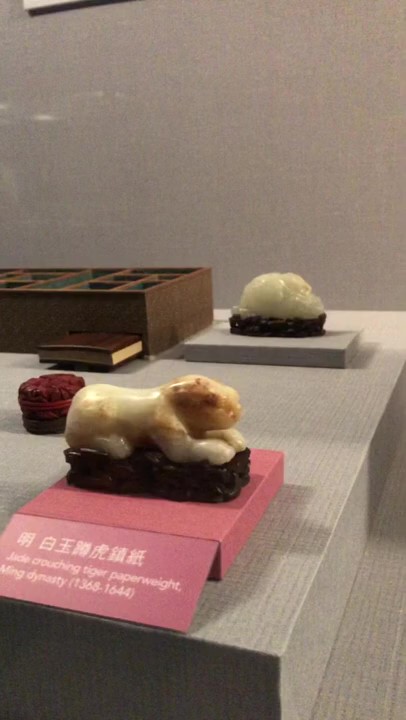

White jade, part of it is yellow. The tiger is in a prone position, its head is slightly raised to the right, its forelimbs are stretched forward, and its expression is relaxed. Comes with a carved wooden seat.


Constricted mouth, deep walls, short ring feet. Thin-bodied white pond, painted on the outer wall with a maple tree and four ochre and ink owls. The red material depicts the “Jia Li” seal, and the bottom has a blue material book “Yongzheng Year System” in the four Song Dynasty characters.
Other cultural relics in the museum
There are other cultural relics in the museum, such as bronze ware, porcelain, etc. Among the piles of cultural relics, I am deeply impressed by Duobaoge, a small cabinet with red clouds and dragon patterns. The box contains 109 pieces of painting and calligraphy supplies, and each of them is exquisitely crafted and very beautiful.








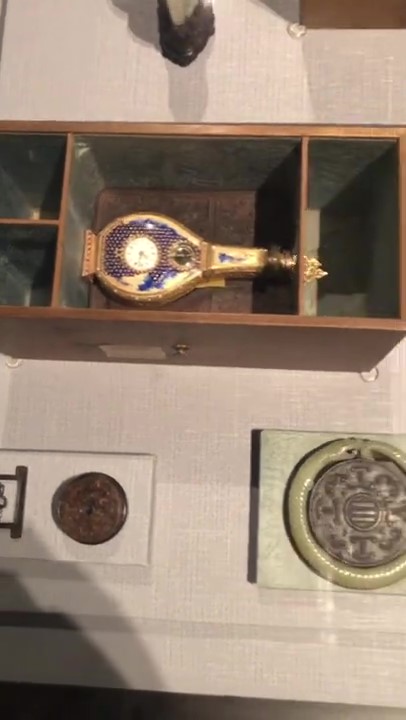

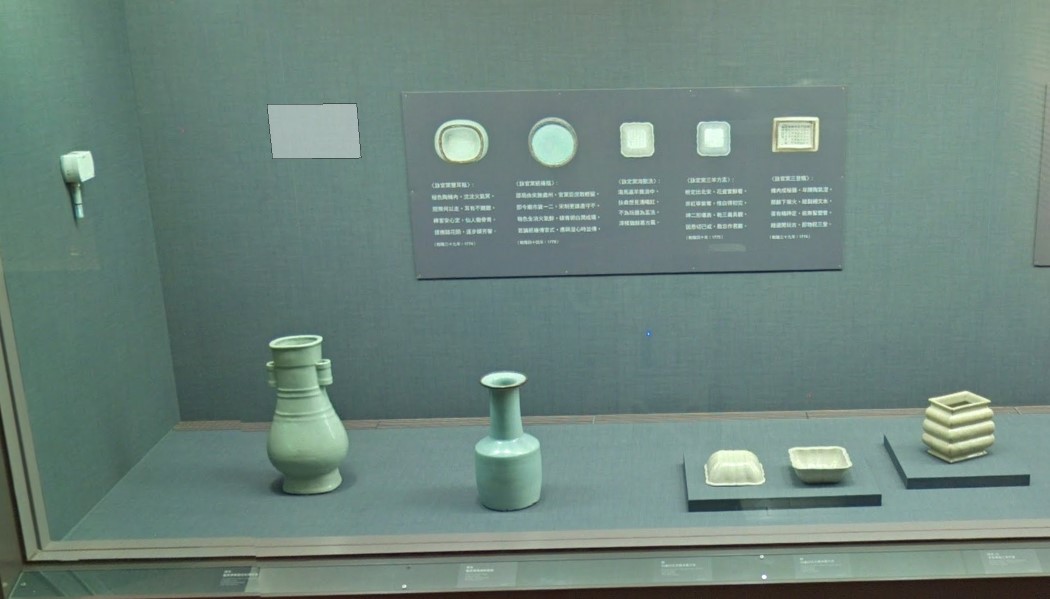

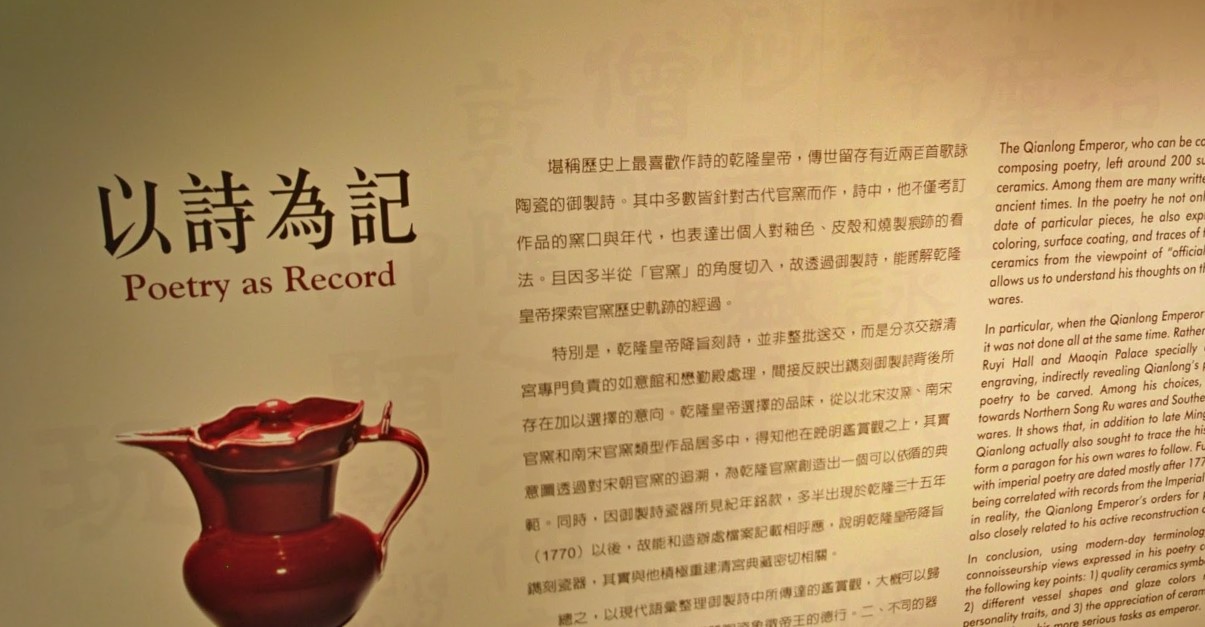

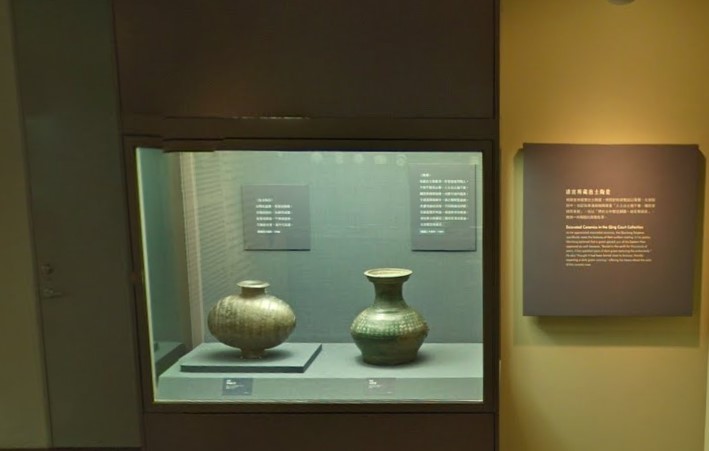

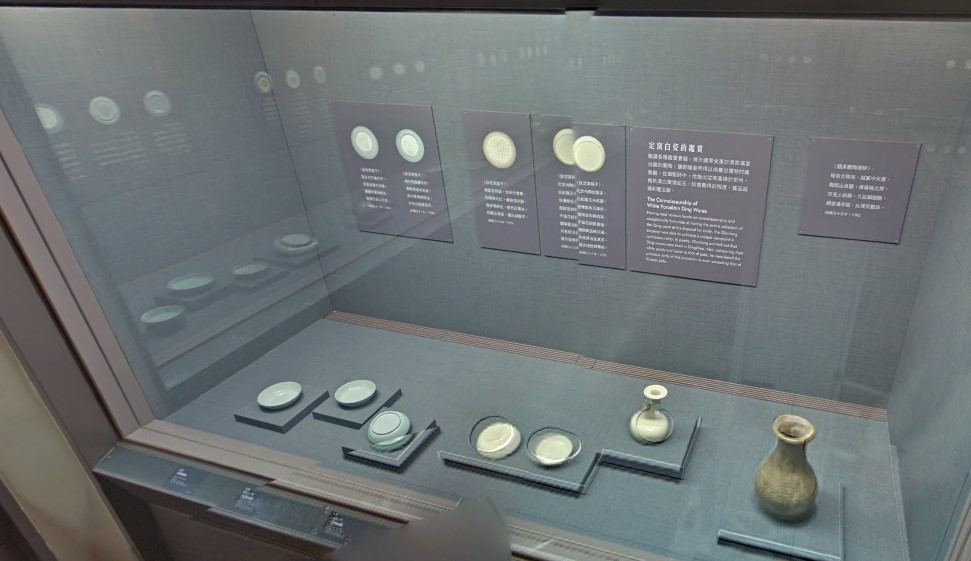

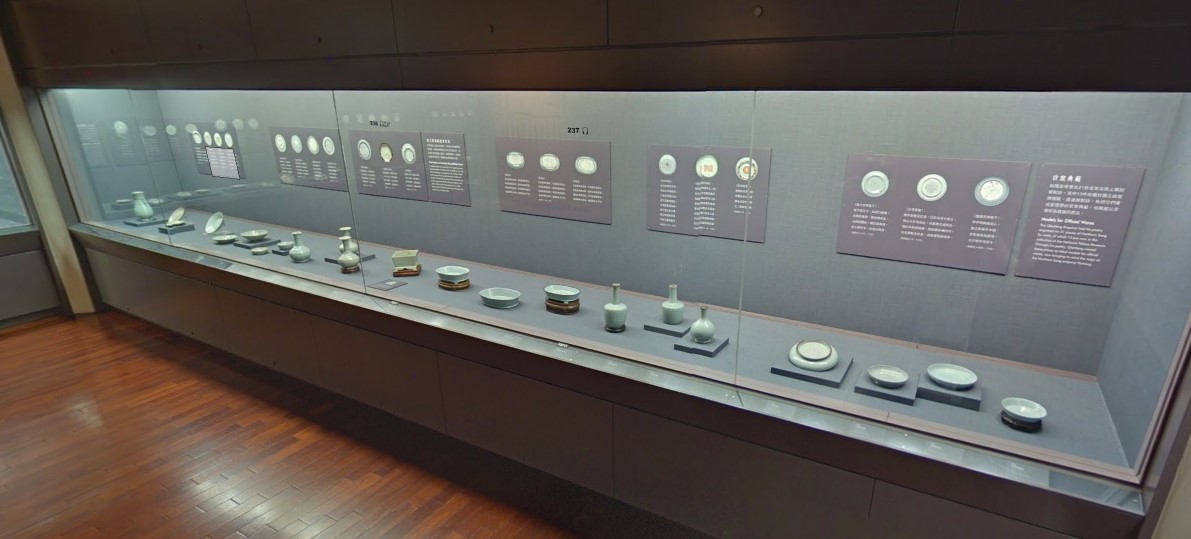



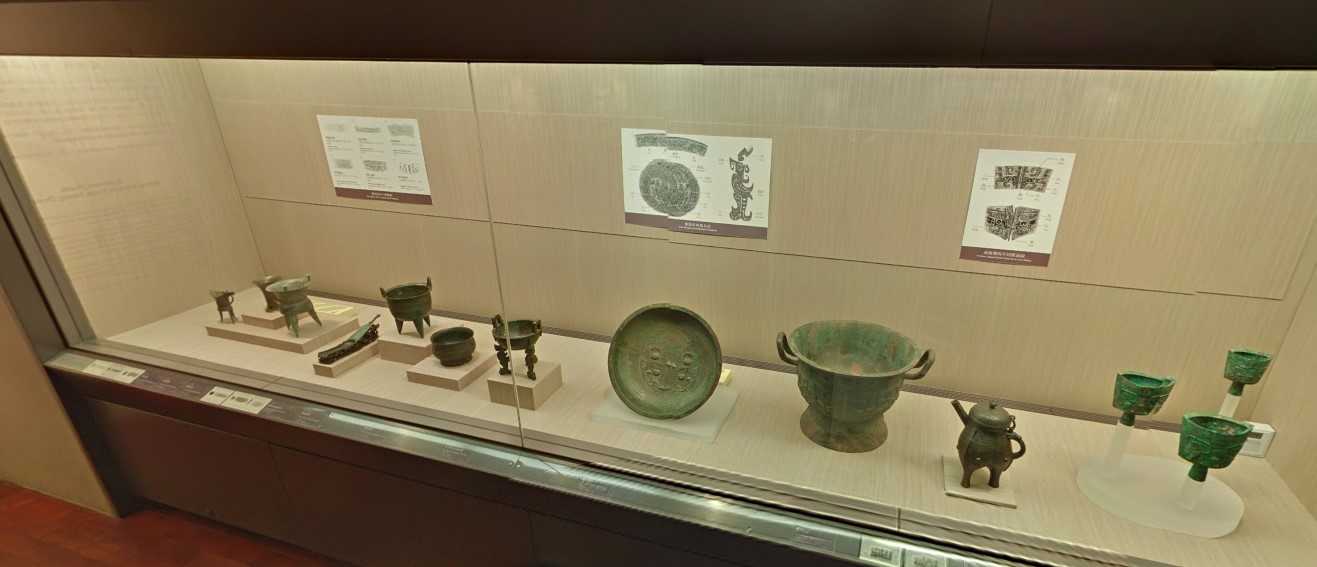



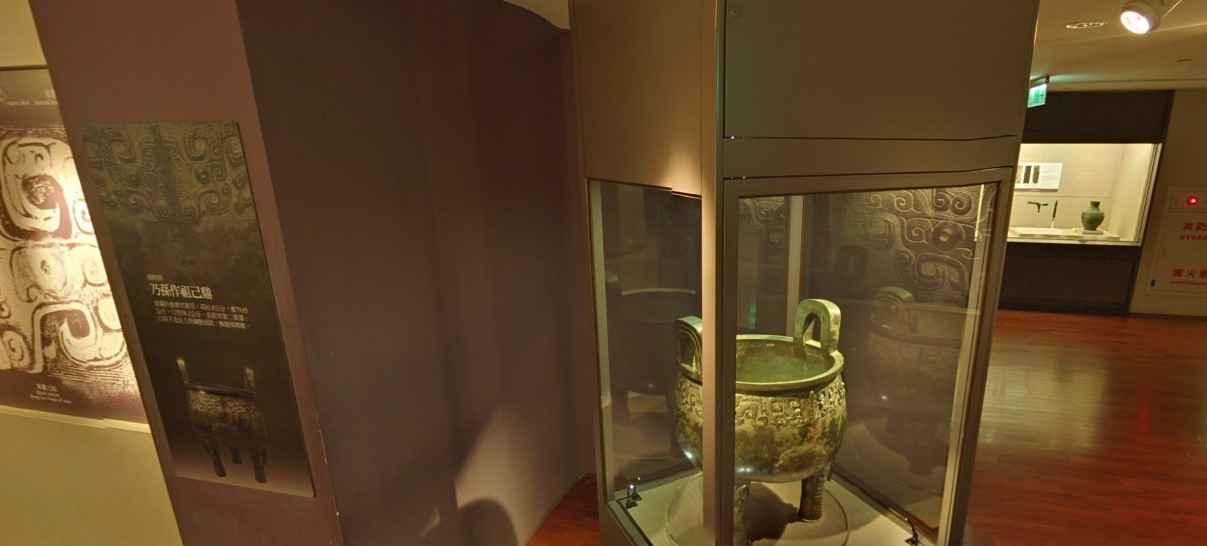

National Palace Museum(Taipei)-Youtube
Where is National Palace Museum?
Address:No. 221, Sec 2, Zhi Shan Rd, Shilin District, Taipei City, 111
Business hours
business hours:Monday,closed
Tuesday~Sunday, 9AM–5PM
How to get there?
Bus: 213 (Shuangxi-Dazhi), 255 (Shuangxi Community-North Gate), 304 (Forbidden City-Yonghe), 18 (Shilin-Sage Falls), 19 (Shilin-Pingpingli), get off at Forbidden City Station. Bus transfer: Get off at Shilin Guanghua Theater Station and transfer to bus 304, 255, or holiday bus 01. MRT: You can get off at Shilin Station on the Tamsui Line, transfer to Hong 30 and get off at the entrance of the main hall of the Palace Museum. Or go to Zhongzheng Road and transfer to bus 304, 255, small bus 18, 19, holiday leisure bus 101, you can arrive
